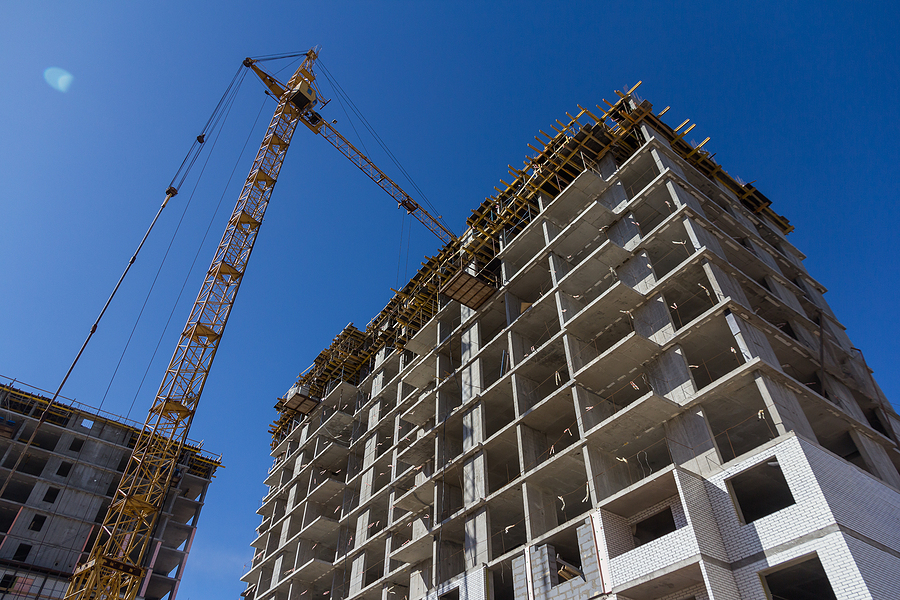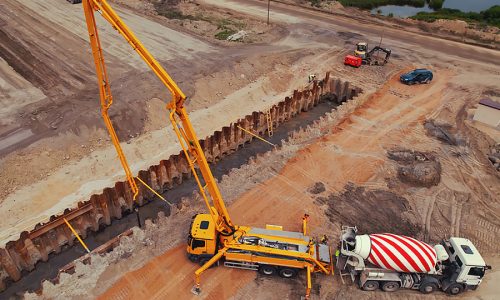- trailerrental
- 0 Comments
- 346 Views
The construction industry has always been a significant reason for the rapid growth of Singapore’s economy. Before the country gained independence in the late 1950s, our predecessors resided in congested slums and squatter settlements that lacked basic hygiene and ventilation. The British colonial government failed to provide adequate and clean housing for everyone, especially following the boom in immigration rates once the Pacific War ended.
There were many obstacles to be overcome in the coming years. Impossibly high land pricing and the lack of resources, money, and labour were chief among them. The cost of housing reached astronomical heights, causing most of the population to live in overcrowded slums rife with diseases, fire hazards, and criminal activity.
It is a miracle then that Singapore transformed itself into the cosmopolitan city that it is today. But how did this change occur? JustGo offers an in-depth look into the history of the construction industry.
1. Building The Foundation
In the beginning, the emphasis was on solving the foundational issues that plagued the country. To combat this issue, many flats were built as fast as possible. The intention was for the people who lived in the slums to be relocated and to accommodate the growing population. The Housing and Development Board (HDB) joined hands with the Public Works Development (PWD) and built the foundation of Singapore’s construction industry and the population’s housing.
Additionally, in the 60s, the efficacy and productivity of local contractors were lower. Hence, a lot of foreign help is called for. There was early intervention from the United Nations, which had provided experts whom the government consulted. They even received aid from the most prominent construction company at the time – Japan’s Shimizu – that dispensed invaluable advice regarding construction practices, which remained rudimentary at that point in Singapore. Gradually, the local construction industry’s capacities were improved enough to be taken more seriously.
2. Industrial Regulation and Development
Now that the most urgent problems were fixed, which improved the construction industry’s quality and output were gaining importance. This became increasingly more pressing in 1986 when the Lian Yak Building caved in. Tighter regulations were being put in place while the existing standards for design, construction, and maintenance became stricter. Singapore was also finding ways to increase the efficiency of the workers so they could compete with the developing world.
Even more than changing the visual aspect of the architecture in Singapore, construction makes up a large number of our assets. It’s why the physical condition of these buildings must be maintained – something that not every city commits to as much as they should. The focus has always been on longevity, but improving the overall cityscape was a secondary concern. A clean and well-maintained country helps to boost citizen morale, encourages ownership, and creates a sense of harmony among the people.
3. Maintenance of the Future
In recent years, the construction industry has been geared towards quality, along with environmental consciousness and accessibility. The government has mandated the highest quality materials and insistence on the labour force being well-trained.
There has been a greater emphasis on sustainable construction practices and an eco-friendly built environment. And with society becoming more socially aware, larger issues are being highlighted. Building accessibility to differently-abled people and the elderly, for example, and what we can do to improve the living conditions of every person are some such issues.
Conclusion
The construction industry has seen unprecedented growth in Singapore since our humble beginning. This is primarily due to the tireless efforts of our workforce and foresight in our policies.
As we reflect on Singapore’s remarkable journey from slums to a thriving metropolis, Just Go stands as a testament to the evolution of the construction industry. Beyond tracing the historical contours, Just Go extends its commitment to the present and future needs of the sector. In addition to revolutionizing online truck booking and job posting, Just Go takes pride in providing essential tipper truck, lorry crane and trailer services. This holistic approach ensures that the construction industry not only embraces technological advancements but also benefits from the seamless integration of essential services. Just Go remains dedicated to connecting every facet of the construction community, fostering a collaborative environment for continued growth and innovation.
Download our app to find out more!





